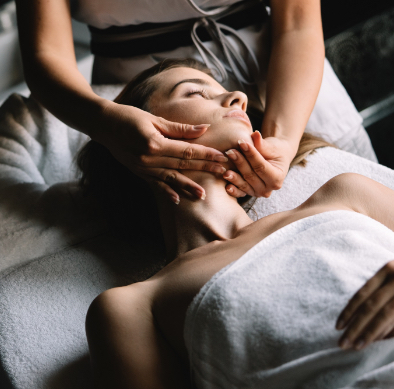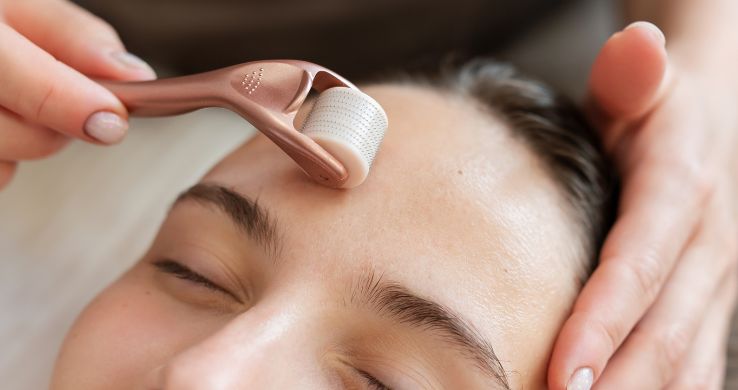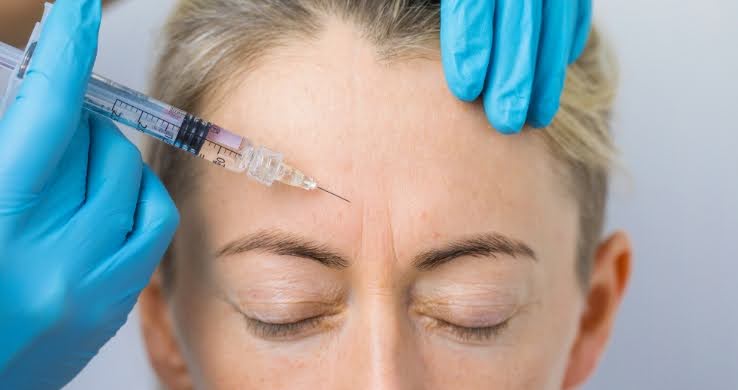Muscle relaxers, such as Botox®, Dysport®, and Xeomin®, have gained popularity as cosmetic treatments for reducing wrinkles and fine lines (1). Despite their widespread use, individuals often express concerns about the post-injection effects and seek guidance on how to manage and care for their skin after the procedure. This article addresses common concerns and offers a comprehensive guide for post-injection care, covering exercise, pain management, and the onset time for wrinkle relaxers.
How long does it take for Botox/Dysport/Xeomin to work
The onset time for muscle relaxer injections varies from person to person, influenced by factors such as the type of muscle relaxer, dosage, and individual metabolism. Generally, initial effects are observable within three to five days, with full results becoming apparent after two weeks (2). Patience is crucial during this period, as rushing for immediate results may lead to disappointment.
If desired results are not seen after two weeks, scheduling a follow-up appointment with your healthcare provider is recommended. The type of muscle relaxer used also plays a role in onset time, with Botox and Xeomin typically taking 3 to 7 days, Dysport exhibiting a slightly faster onset of 2 to 5 days, and Daxxify® taking 1 to 2 days.
Dosage is another factor influencing onset time, with higher doses potentially yielding faster results. Individual metabolism, impacted by age, overall health, and underlying medical conditions, also affects how quickly the muscle relaxer is absorbed and starts working.
Botox Injection Pain: Understanding and Alleviating Discomfort
Pain associated with Botox injections is a common concern, and the level of discomfort can vary widely among individuals. Healthcare providers employ various techniques to enhance patient comfort during and after the procedure. Techniques such as the application of a cold compress before and after injections play a pivotal role in alleviating discomfort by numbing the injection site and reducing swelling (3).
Numbing Creams and Distraction Techniques
In addition to cold compresses, healthcare providers may utilize numbing creams to further minimize pain during Botox injections. These creams contain local anesthetics that temporarily desensitize the skin, making the injection process more tolerable. Distraction techniques are also employed during the procedure, where patients are engaged in conversation or provided with handheld devices to divert attention away from the injection site.
Communication with your healthcare provider about your concerns and pain tolerance is crucial. This open dialogue allows for a personalized approach to the injection process. Healthcare providers can tailor the technique, considering factors such as needle size, injection speed, and depth, to minimize pain effectively. It’s essential to understand that any pain experienced is temporary and typically subsides shortly after the procedure.
Tips for Minimizing Post-Injection Pain
Post-injection, it’s normal to experience some discomfort and swelling. Employing strategic measures can help minimize pain and promote a smooth recovery (4). Beyond the initial cold compress application, additional steps can be taken:
- Avoid Touching or Massaging: Refrain from touching or massaging the injected area for at least 24 hours. This precaution prevents the spread of the muscle relaxer and supports the settling process.
- Refrain from Strenuous Activities: Avoid engaging in strenuous physical activities immediately after the injection. Excessive movement can exacerbate swelling and hinder the healing process.
- Adhere to Healthcare Provider Guidelines: Following the guidelines provided by your healthcare provider is crucial for optimal outcomes. These guidelines may include specific care instructions tailored to your individual needs and recovery process. Here at Effortlessway Aesthetics & Spa, we always provide our patients with a fill comprehensive guide and continuous support both pre and post procedure.
If severe or persistent pain occurs after Botox injections, it is imperative to contact your healthcare provider promptly. This proactive approach ensures that any potential issues are addressed promptly, contributing to a positive overall experience with muscle relaxer injections.
Developing tolerance on muscle relaxers
Concerns about developing tolerance to muscle relaxers over time are relatively rare. While theoretically possible, it’s uncommon for individuals to develop tolerance towards wrinkle relaxers (5). In cases where decreased effectiveness occurs, switching to a different type of muscle relaxer can reverse the situation.
These injections work by temporarily blocking nerve signals causing muscle contractions. Consistent effectiveness over time is achievable with proper administration at the recommended intervals. To maintain optimal results, following the prescribed treatment schedule is crucial to prevent the reappearance of wrinkles and lines.
Conclusion
In conclusion, understanding and managing post-injection concerns, including exercise, pain, onset time, and potential tolerance, are vital for maximizing the benefits of muscle relaxer treatments. Effective communication with your healthcare provider and adherence to post-injection care guidelines contribute to a positive and satisfactory experience. If you have any further questions you can reach out to our healthcare team at Effortlessway Aesthetics & Spa via email effortlesswaytoday@gmail.com or give us a call at 929-246-0405. We look forward to serving you!
References:
- American Academy of Dermatology. (www.aad.org)
- Journal of Drugs in Dermatology. (doi: 10.36849/JDD.2013.4.12.3)
- American Society of Plastic Surgeons. (www.plasticsurgery.org)
- Dermatologic Surgery. (doi: 10.1111/dsu.12185)
- Aesthetic Surgery Journal. (doi: 10.1177/1090820X211039165)





